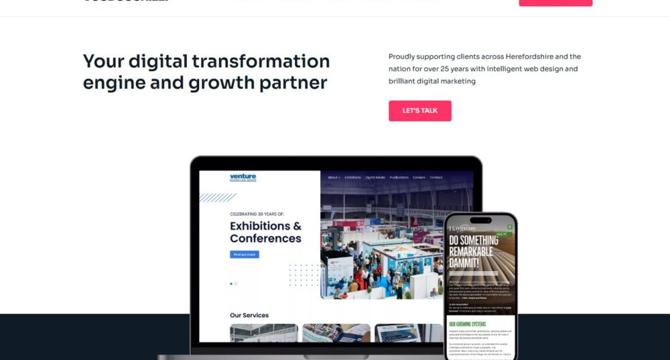TechBullion
1w
115

Image Credit: TechBullion
Responsive Web Design: Optimizing User Experience Across All Devices & Screen Sizes
- Responsive web design is crucial for accommodating users on various devices and screen sizes, with over 50% of internet users accessing websites via mobile devices.
- A responsive web design ensures that a website appears functional and appealing across all devices, capturing a wider audience.
- Key elements of a successful responsive design include flexible grids, CSS media queries, and responsive images to adapt to different screen sizes.
- Flexible grids allow content to adjust to varying screen sizes, while CSS media queries enable different design styles based on screen conditions.
- Responsive images are essential for maintaining quality across screen sizes by setting width as a percentage and height as 'auto'.
- Benefits of investing in responsive web design include easier maintenance, improved SEO ranking, enhanced user experience, and faster loading speeds.
- Responsive design simplifies updating content across all platforms, enhances search engine ranking, and provides a better user experience for visitors.
- A positive user experience leads to increased conversions, reduced bounce rates, and higher chances of visitors returning to the website.
- Responsive websites load content faster due to optimized images, which adjust across devices without compromising quality or loading speed.
- Professional web design services like Voodoo Chilli offer responsive design solutions, branding, SEO, and maintenance services for businesses seeking a robust online presence.
Read Full Article
6 Likes
For uninterrupted reading, download the app